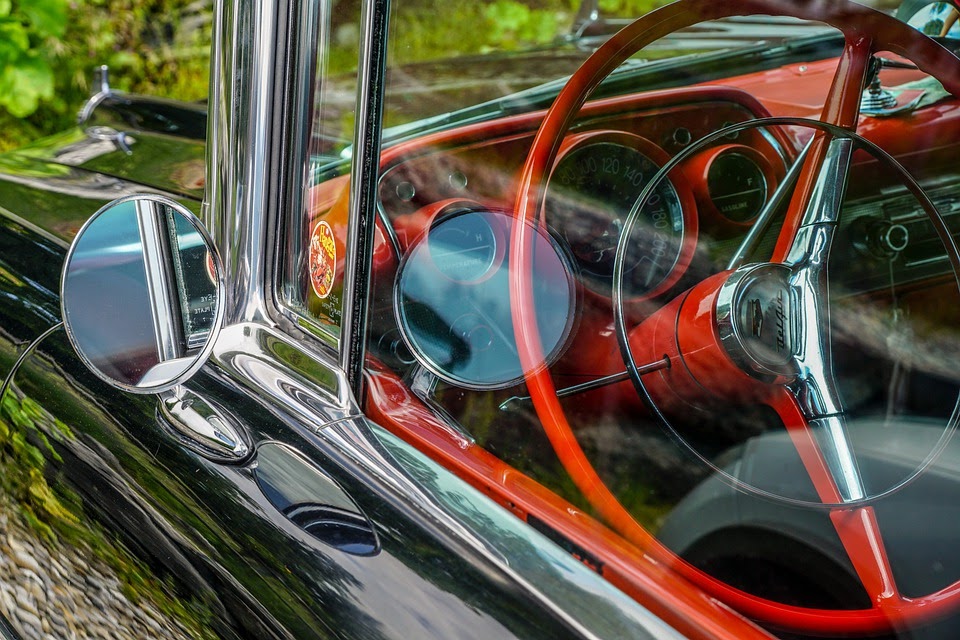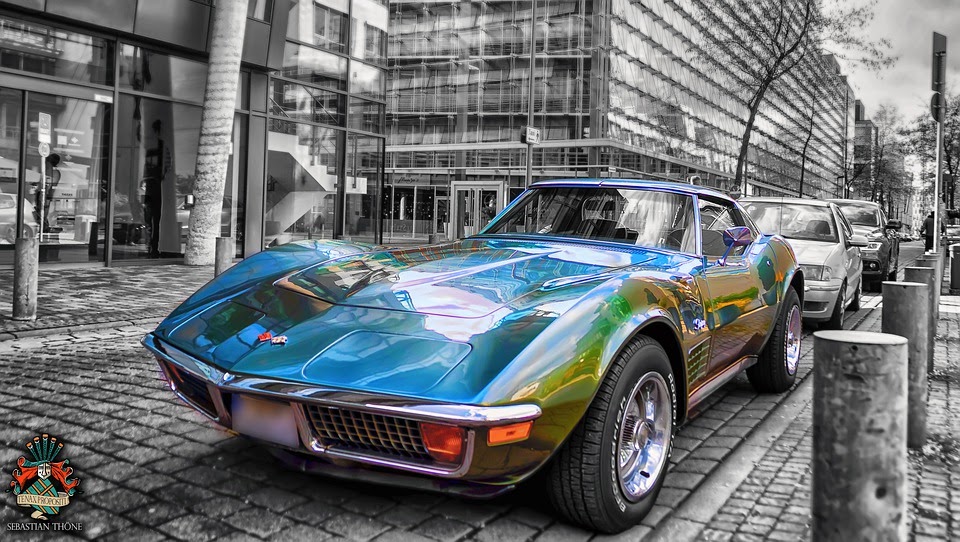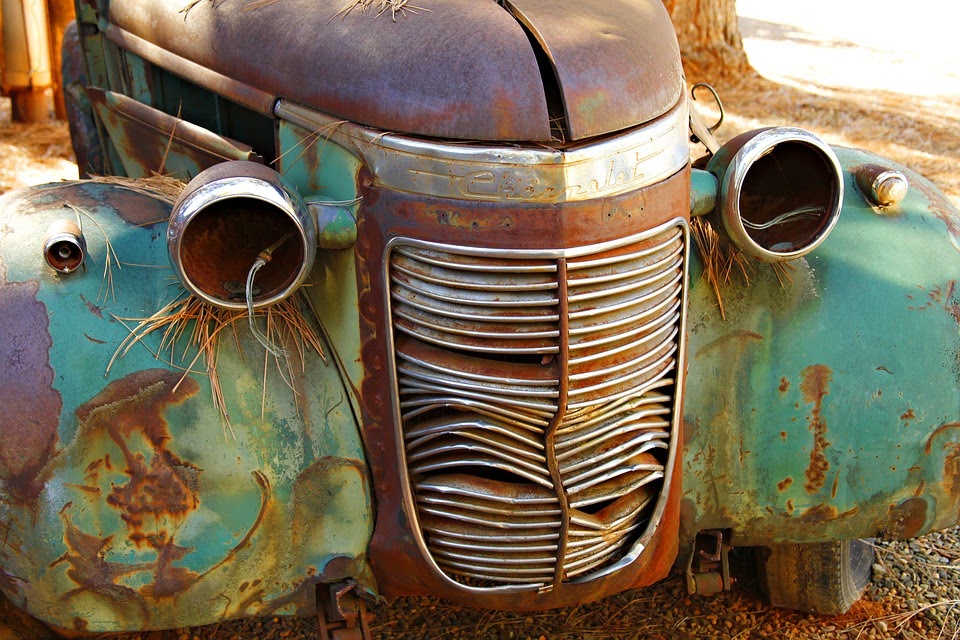
Investing in classic automobiles is a specialized but potentially lucrative way to diversify your investment portfolio. Among the iconic American brands, Chevrolet has produced some of the best and most consistent investment vehicles that drive the modern collector market. Here are a few tips you can use to invest successfully in a collectible Chevy, as well as some risks you should be aware of when buying a classic car as an investment.
Tips for Profiting From a Classic Chevy
If you’re treating your car purchase as an investment, one of the best things you can do is to focus on proven collector models. For Chevrolet, the most obvious of these is the Corvette. Classic Corvettes are iconic pieces of American automobile history, and a steady market exists for Corvettes from the 50s, 60s and 70s. With that said, don’t be afraid to look at other models. The third generation Camaro IROC-Z, for instance, is quickly appreciating in the collector market and may be a serious up-and-coming investment opportunity.

In addition to obviously collectible Chevrolet cars, you should also consider classic trucks from the brand. Surprisingly, some Chevy trucks have appreciated considerably over their lifetimes. The Chevrolet Advanced Design model, for example, has appreciated by over 3,900 percent since it first hit showroom floors in 1947. Investing in trucks is a good way to diversify your vehicle collection and potentially realize a larger return when you sell.
To enhance your potential profit, focus on vehicles with unique features. A car with a unique feature that isn’t found on other models will generally command higher prices in the collector market and be more consistently in demand. A perfect example is the famous 1963 Corvette split window variant, which sells for vastly more than other Corvettes from the same period.
A final tip for profiting from a classic Chevy is to plan the purchase as a long-term investment. Generally speaking, collectible cars appreciate at a slightly faster pace than other categories of collectibles. The longer you’re willing to sit on the investment, the higher the price you’re likely to get when you finally decide to sell. It’s also important to watch for trends in the collector market, as cars wax and wane in popularity over time. If you’re willing to hold the investment for the long haul, you can wait for a time when the car you’ve chosen is in high demand to maximize your return on investment.
Risks of Investing in a Collectible Vehicle

One of the primary risks of investing in a collectible Chevrolet is the possibility of spending more on maintenance and storage than you realize in profit when you sell it. While a collectible Chevy is an investment, it’s also a functioning automobile. As such, you’ll have to have regular maintenance work done in order for it to hold its value. Over time, even small maintenance costs can add up, leaving you with a lower than projected return on your investment. Restoring and maintaining classic cars may also require you to hunt down hard-to-find parts or work with specialized mechanics, thus running up your input costs.
Another major risk of investing in a classic car is the possibility of your investment being ruined in an accident. To keep your car in prime shape, you’ll need to take it out and drive it occasionally. Whenever it’s on the road, though, there’s a chance that another car will strike and damage it. For this reason, it’s extremely important to carry collector car insurance to protect your investment. Under this type of insurance, you’ll have an agreed-upon value written into your policy. In the event of a total-loss accident, you’ll still receive a fair payment for your car that reflects its value in the collector marketplace. Insuring classic cars is a bit of a specialized process, but the peace of mind you’ll get from a policy that recognizes your car’s value is well worth it.
Finally, attempting to anticipate whether or not a new car will ultimately become collectible is a risky gamble. While a newer Chevrolet like the Camaro ZL1 may seem like an obvious candidate to be a future collector’s item, it’s not always possible to predict market demand years or decades down the line. While you certainly can realize good returns if you get it right on a new car, it’s usually best to stick to proven classics that have already been appreciated over the decades. This more conservative approach to investing in collectible cars will help to protect your capital and keep you from ending up with a dud sitting in your garage.
Ultimately, a classic car is like any other type of investment. While it has the potential to generate a significant return, there’s also financial risk involved. For this reason, be sure to buy a car you’ll personally enjoy owning when you invest in a classic vehicle. Even if you have to wait for several years for the vehicle to appreciate and turn you a profit, you’ll still be able to have a great time driving your beloved Chevrolet.
Facebook Comments